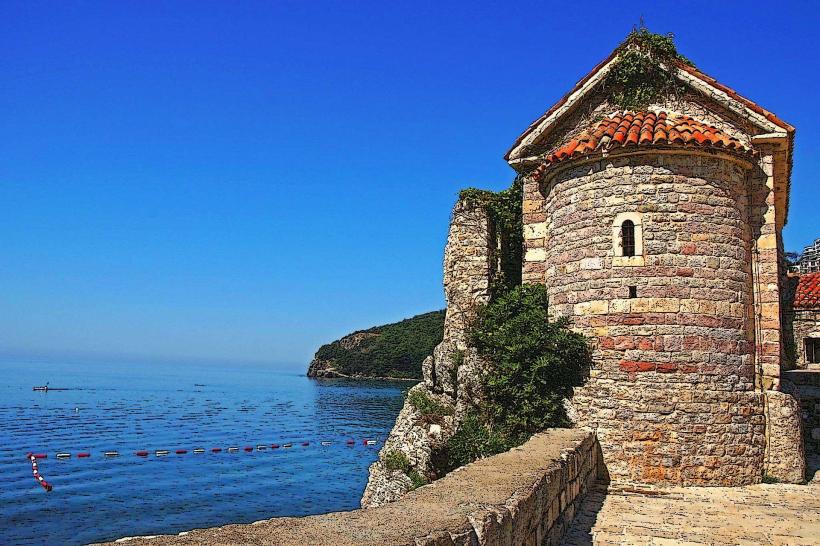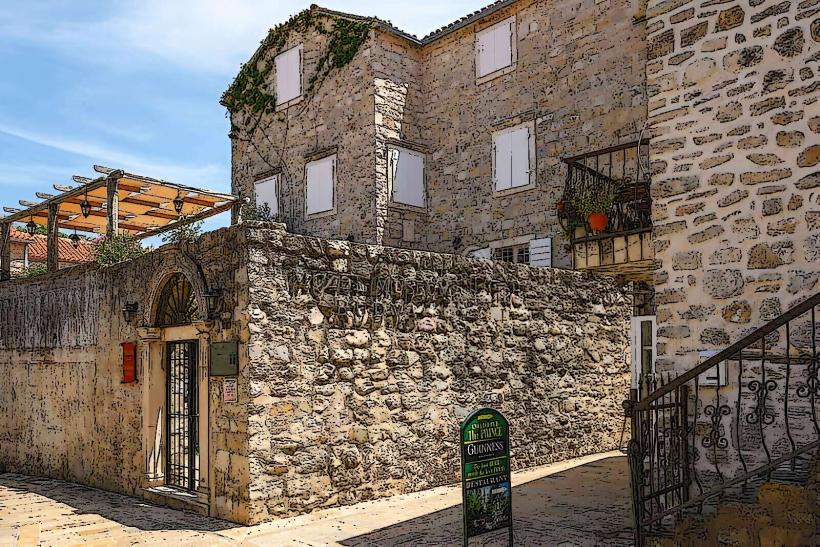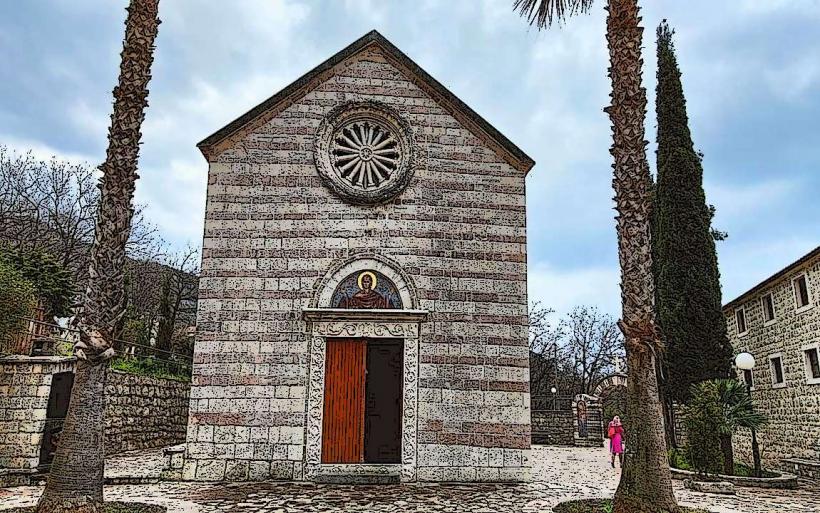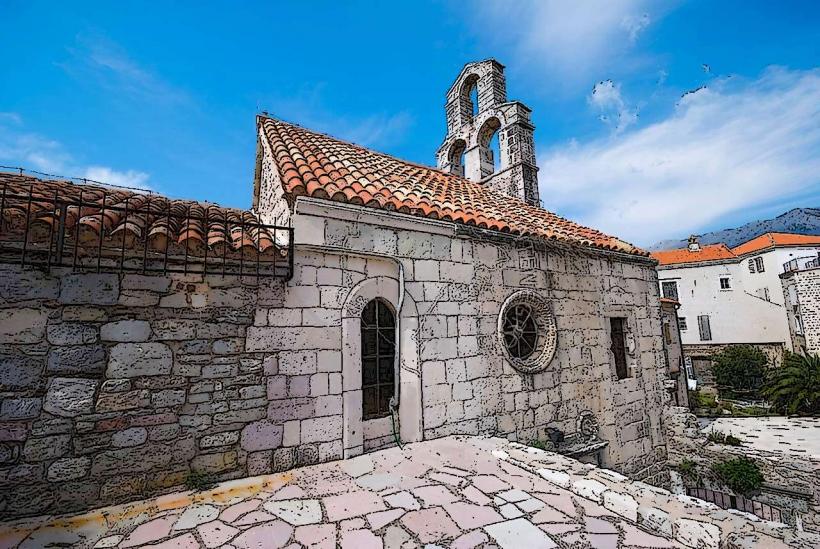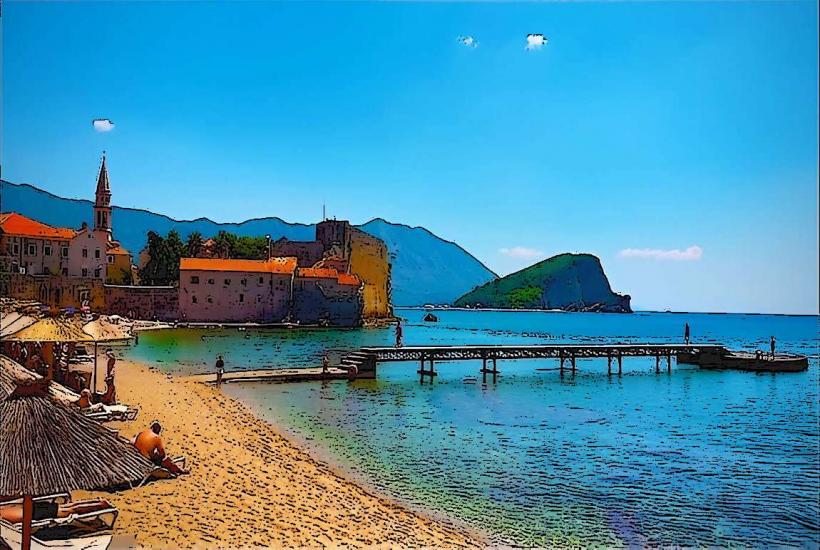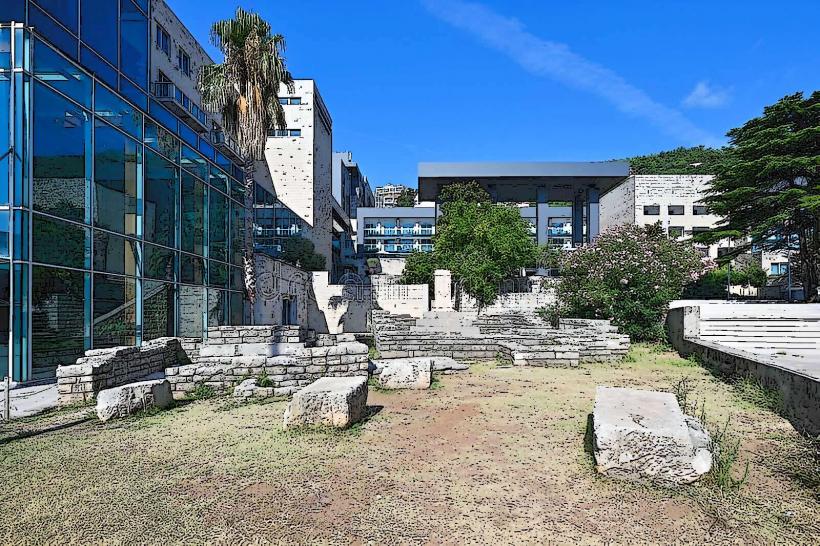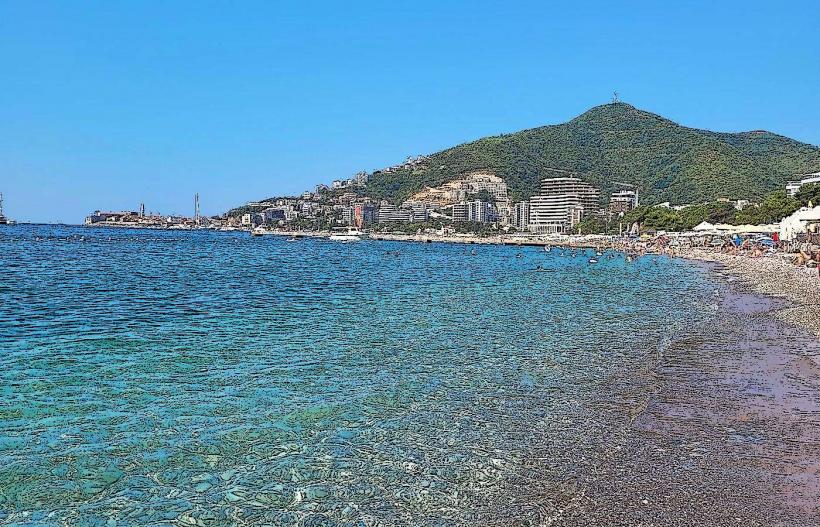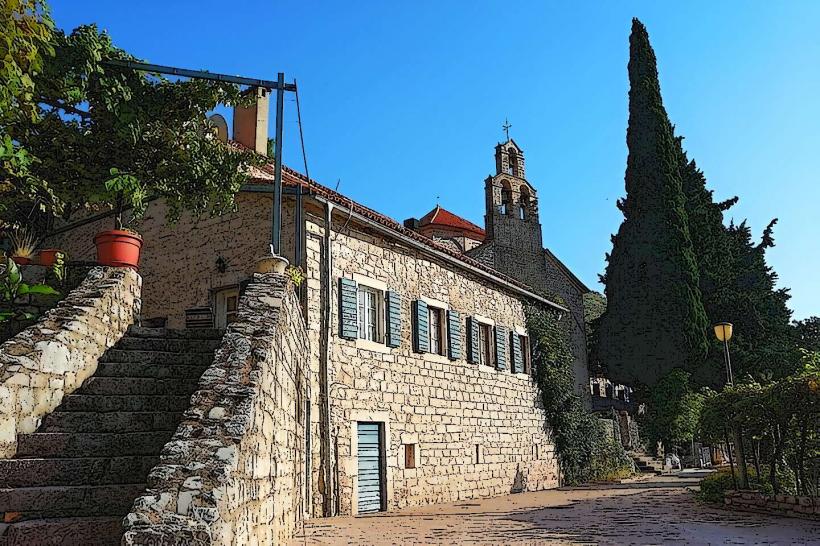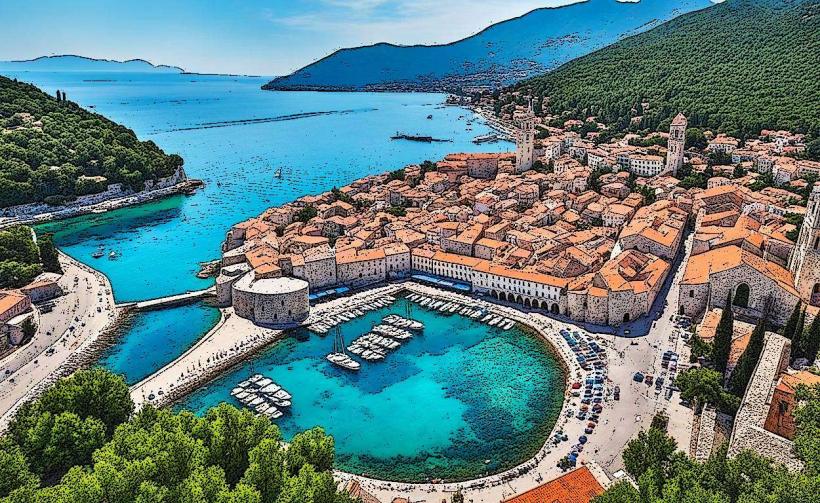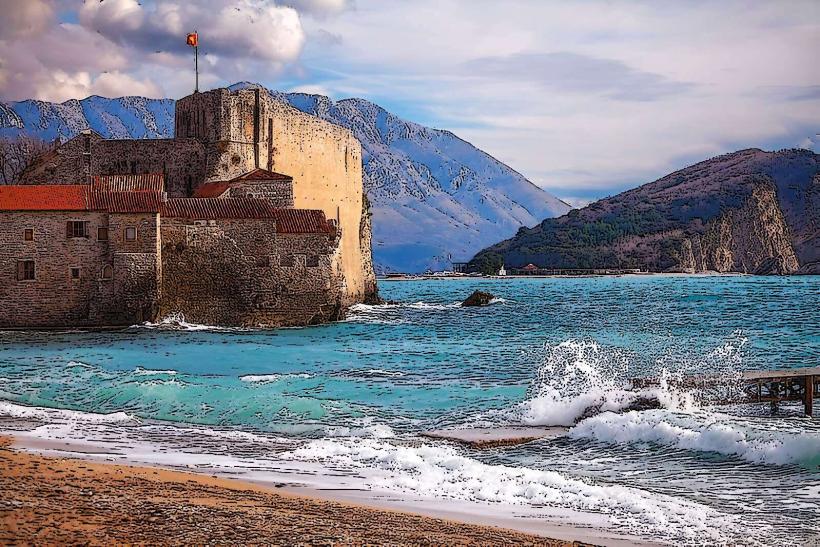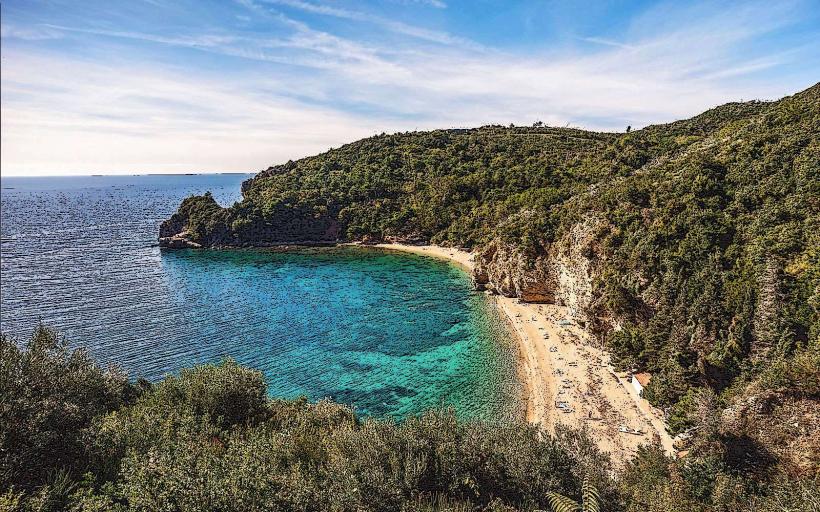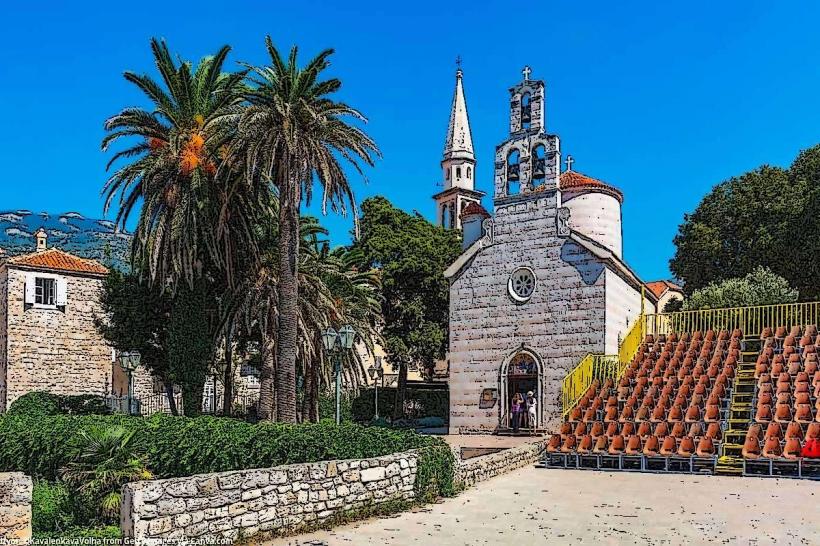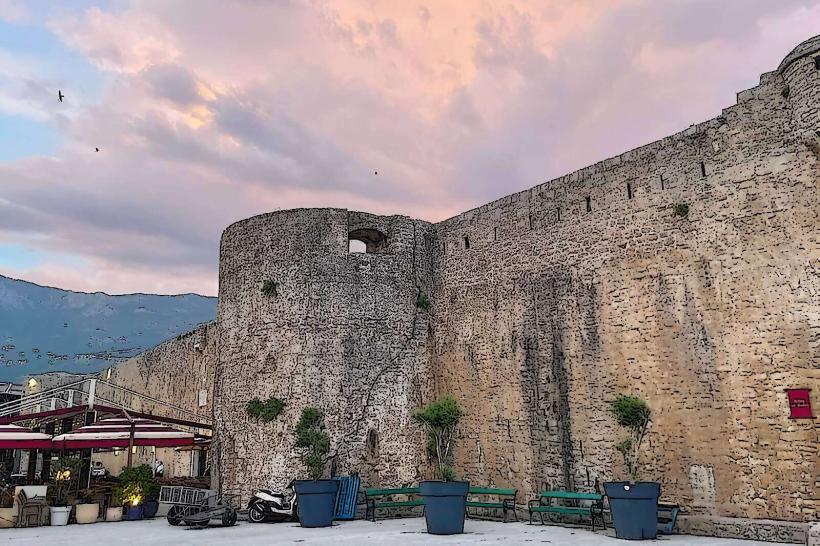Information
Landmark: Church of St. JohnCity: Budva
Country: Montenegro
Continent: Europe
The Church of St. John (Crkva Svetog Jovana) is one of the key historical landmarks in Budva, Montenegro. Located in the heart of Budva Old Town, this Orthodox church is an important cultural and religious site with deep historical roots. It is renowned for its unique architecture, historical significance, and its role in the spiritual life of the local community.
Historical Background
Early Foundations: The origins of the Church of St. John date back to the 9th century, though the current structure was built in the 17th century. The church stands on the site of an older early Christian basilica, which is believed to have been constructed during the Byzantine era when Budva was an important center of Christianity.
Venetian Influence: The church was reconstructed during the period when Venetian rule dominated the region (15th-18th centuries). The Venetians left their mark on the church’s design, blending Venetian Baroque with local architectural elements. Over time, the church became a focal point of religious and cultural life in Budva.
Baroque Reconstruction: The current church building was built in the Baroque style in the 17th century, following the demolition of the earlier structure. This style is evident in the ornate details and the overall appearance of the church, which remains a significant example of Baroque architecture in Montenegro.
Architectural Features
Facade: The church features a simple yet elegant Baroque façade, with an emphasis on clean lines and decorative details. The front of the church is adorned with pillars and sculptural elements, with a distinctive bell tower that rises above the structure. The bell tower is one of the most striking features of the church, visible from various parts of the Old Town.
Interior: Inside the Church of St. John, visitors will find a modest yet beautiful interior. The church's altar is decorated with iconography and religious motifs, including images of Saint John the Baptist and scenes from the life of Christ. The iconostasis, a traditional feature in Orthodox churches, separates the sanctuary from the nave and is richly adorned with icons and wooden carvings.
Church Bells: The church also features a set of historic bells, which have been used for centuries to mark religious events and call the faithful to worship. The ringing of the bells remains a key element of life in Budva and a symbol of the town’s spiritual heritage.
Preserved Artwork: Although the church has undergone renovations and restorations, much of its original artwork and iconography has been preserved. These elements provide a glimpse into the religious practices and artistic traditions of the period in which the church was built.
Religious and Cultural Significance
Spiritual Center: The Church of St. John has been a spiritual center for the people of Budva for centuries. It continues to serve as an active place of worship for the local Orthodox Christian community, hosting regular services, especially on major religious holidays such as Easter and Christmas.
Cultural Landmark: Beyond its religious function, the church is an important cultural landmark. It is closely associated with the history of Budva and represents the Christian heritage of the region. The church’s role in the community extends to its participation in festivals, religious processions, and public events.
Historical Context: The Church of St. John is a symbol of the town's long history and its continuous role in the religious and cultural development of the Montenegrin coast. It stands as a testament to the town’s rich Christian heritage, from the Byzantine era through the Venetian period and into the present day.
Visiting the Church of St. John
Location: The church is located in the Old Town of Budva, a historic and charming area full of narrow streets, Venetian-era buildings, and other significant cultural landmarks. The church is easy to find as it is centrally situated and near the main public square.
Access: The church is open to visitors year-round, with free access to the general public. It is an important destination for both tourists and pilgrims, offering insight into the region’s religious practices, history, and artistic heritage.
Guided Tours: Visitors can learn about the church's history and religious significance through guided tours offered by local guides. These tours often focus on the architectural features of the church, its historical background, and its role in the cultural life of Budva.
Opening Hours: The church is generally open during the day, but it is always best to check in advance, especially if planning to visit during religious ceremonies or major holidays when it may be busier than usual.
Conclusion
The Church of St. John is not only a significant religious site but also a cultural gem that captures the essence of Budva’s long and diverse history. Its Baroque architecture, rich interior decoration, and historical context make it an essential stop for those interested in Montenegrin culture and Orthodox Christianity. Whether visiting for religious reasons or to explore its historical beauty, the Church of St. John offers a peaceful and enriching experience in the heart of Budva Old Town.

